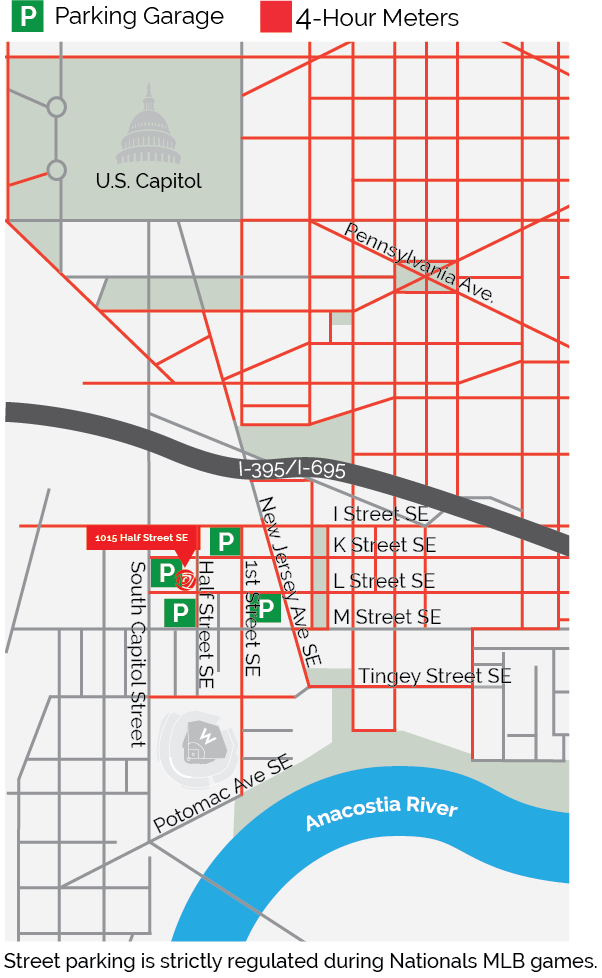
In most cases, the disease is provoked by spontaneous mutations in the genes. Only a fifth of patients receive pathology in a hereditary way. Gender, ecology, other factors, as a rule, do not play any role in the manifestation of the condition. Symptoms of the disease are not particularly pronounced. In the first 3-4 years, the child does not determine any deviations or disorders. But starting from the specified age, they can appear. In the photo of the growth zone with hypochondrodysplasia.
Only after the changes have begun, growth retardation occurs, doctors can suspect the disease. In this case, a thorough examination of the child is carried out, after which a passage is assigned. There is no cure for this condition. Hypochondroplasia provokes the development of dwarfism, which remains until the end of life. But unlike similar pathologies, this condition does not provoke significant restrictions in the way of life, and the symptoms are not expressed. The mental side of development is not affected, which is why doctors simply do not deal with the treatment of this pathology.
Due to buy cytotec online and contracture, which also have a low intensity of manifestation, courses of physiotherapy and exercise therapy can be prescribed. Given all of the above, we can conclude that hypochondroplasia is a congenital disease that does not have a negative impact on the child in the context of health. Therefore, the prognosis for such patients is favorable, reviews after surgical treatmentia positive. The only factor that should be taken into account is the need to order misoprostol pills and strengthen the psycho-emotional side of development so that the patient can function normally in society without psychological trauma and complexes provoked by insufficiently high growth.

Order misoprostol tablets
Reviews on the treatment of hypochondroplasia in a child. Our team of professionals will answer your questions. Hypochondroplasia is inherited in an autosomal dominant manner. Approximately 80% of cytotec pills develop as a result of a de novo mutation. However, hypochondroplasia is a genetically heterogeneous disease. Families in which linkage to the FGFR3 gene is excluded have been described.
The analysis is the most complete and includes the search for mutations that are characteristic not only for hypochondroplasia, but also for achondroplasia. When conducting prenatal (antenatal) DNA diagnostics for a specific disease, it makes sense to diagnose frequent aneuploidies (Down, Edwards, Shereshevsky-Turner syndromes, etc.) on the already existing fetal material, paragraph 54.1. The relevance of this study is due to the high total frequency of aneuploidy - about 1 per 300 newborns, and the absence of misoprostol pills for repeated sampling of fetal material.
Hypochondroplasia is a hereditary disease belonging to the group of chondrodysplasias, the cause of which is a violation of the formation of cartilage and some types of bones, which leads to dwarfism. Symptoms of this pathology are shortened limbs and fingers, increased relative sizes of the hands and feet, slight limitation of movements in the elbow joint, and lumbar lordosis. Diagnosis is made on the basis of examination of the patient, X-ray data, molecular genetic analysis. There is no treatment for hypochondroplasia, however, serious complications that significantly worsen the patient's quality of life (except for dwarfism) are also not observed. Causes of hypochondroplasia Symptoms of hypochondroplasia Diagnosis Treatment of hypochondroplasia Prevention Prices for treatment.



